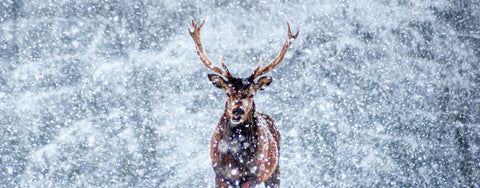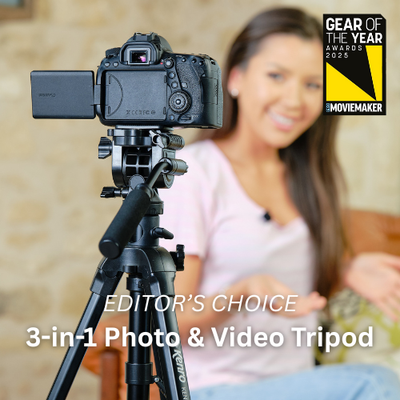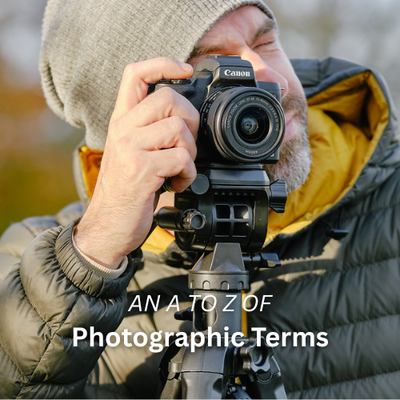Winter can be a wonderful time to get out with your camera and get some great shots for your portfolio. There are so many wonderful opportunities to take beautiful imagery of snow topped hill landscapes or snowflake macro photography. However, winter comes with its own set of challenges unlike any other season; so, to make sure that you get the best out of your winter photography this year, we've put together 5 top tips to help you through.
The Right Equipment.
Take photographs in winter is a challenge for any level of photographer. But one thing that is sure to help, is to make sure that you have all the right photography gear for the winter season. Cold weather can impact your camera, when it’s too cold the camera may freeze and not respond to any of your controls. Most newer cameras can deal with a cold snap and are weather sealed for extra protection against the snow. But if in doubt, make sure to wrap your camera up tight in a rain cover or ‘jacket’. Don’t forget to protect your lenses from any sleet or rain too with lens hoods like these from Marumi.
Extra batteries. Camera batteries work best in the warm; if they get too cold, the battery life drains rapidly. Make sure your kit bag is stocked with spare batteries to prevent a swift end to your photography trip.

Filtering.
Neutral Density filters are a must have in your winter photography kit bag. Not only will they help cut down any glare caused by reflections from the snow and ice, but if you’re shooting longer exposures in a winter landscape, they are ideal for helping control your exposure. You could also get creative with your filtering with something like our DHG StarCross Filters, that turn any bright point of light (or snow!) into a multi-point star allowing you to create sparkling illuminations and winterscapes adding interest to all kinds of photography.
Getting exposure just right.
Perfect exposure and snow don’t go hand in hand. One of the most challenging aspects of winter photography is getting your exposure just right. Of course, some of this can be corrected in post-production, but making less work for yourself in the first instance is always better in my opinion. Solely relying on your camera’s meter can lead to disappointing results; camera metering systems are generally calibrated to a base exposure which may lead to your snowy winterscapes underexposed. Have a play with your manual exposure modes and find the right balance to get the look you desire. Or go armed with a flashgun which can be such an effective tool when you want to highlight foreground objects, provide a catch light, or even eliminate undesirable shadows.

Stay focused.
Whether you’re in foggy or overcast conditions, or when snow is falling, focus can be one of the biggest issues you’ll face. In these conditions, your lens is likely to flutter in a hunt to gain focus; the issue is that in such conditions, the lens can’t find anything of contrast to lock focus on. In these conditions, it’s best to switch to manual focus. It will give you full flexibility on your subject area. One thing that can definitely help you when using manual focus is having a sturdy tripod - allowing you to set up your shot first before having to adjust your focus.
Shutter speeds in snow.
When shooting in winter weather you will usually face weather movements of some kind, whether this is a winter breeze or snow falling; so, it’s important to make a conscious decision on the look you want to achieve. Fast shutter speeds will stop all movement, whereas slow shutter speeds will result in a blurred motion. Again, having a great, study tripod is paramount in situations like these, especially if you're using a longer exposure and at Kenro we have a great range to suit every need.
Whatever your photography plans this winter, the most important thing to remember is to have fun and be creative. We'd love to see what you create - share your snaps on Instagram with the #kenro.



